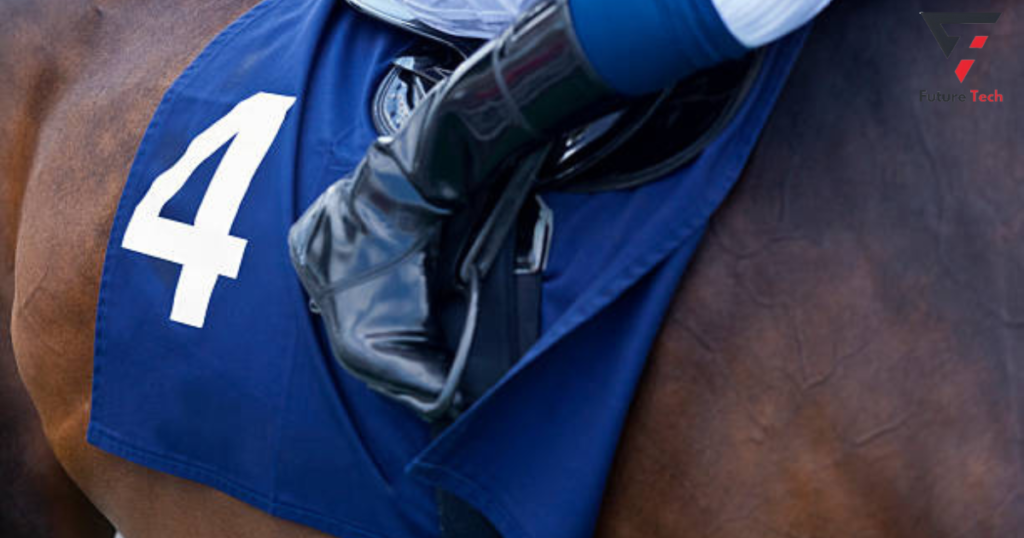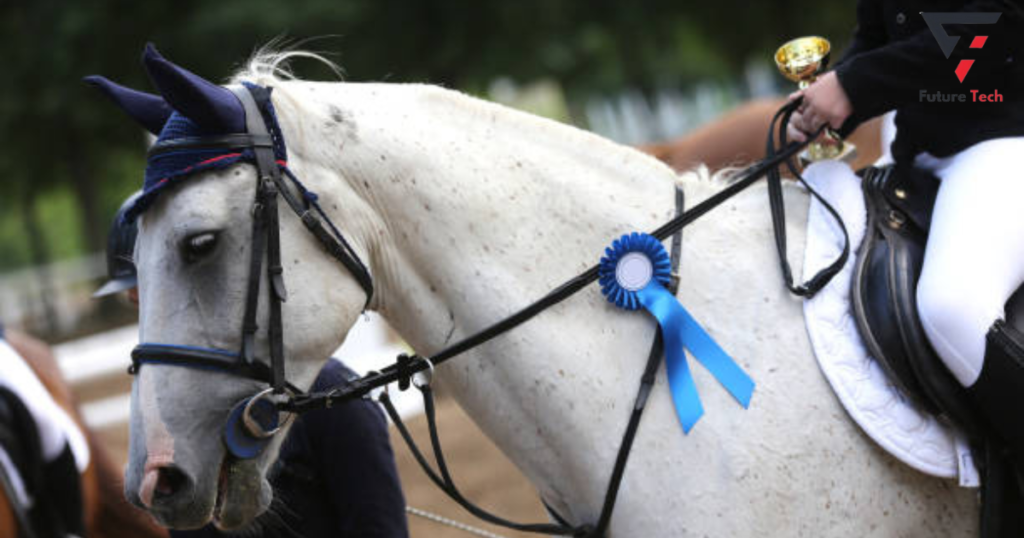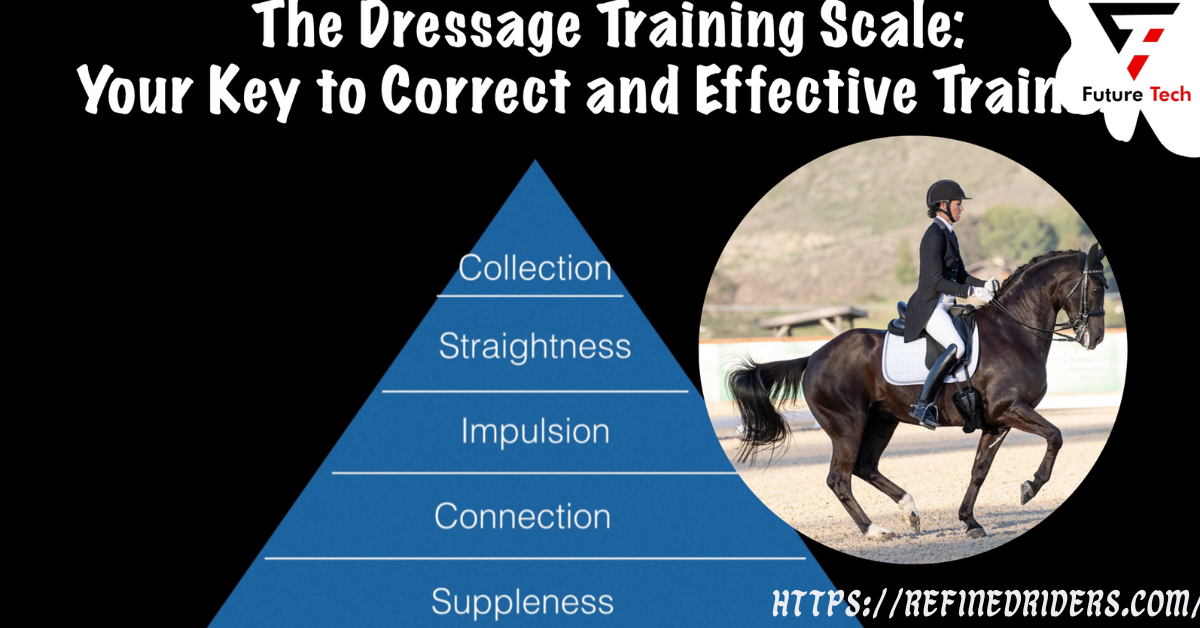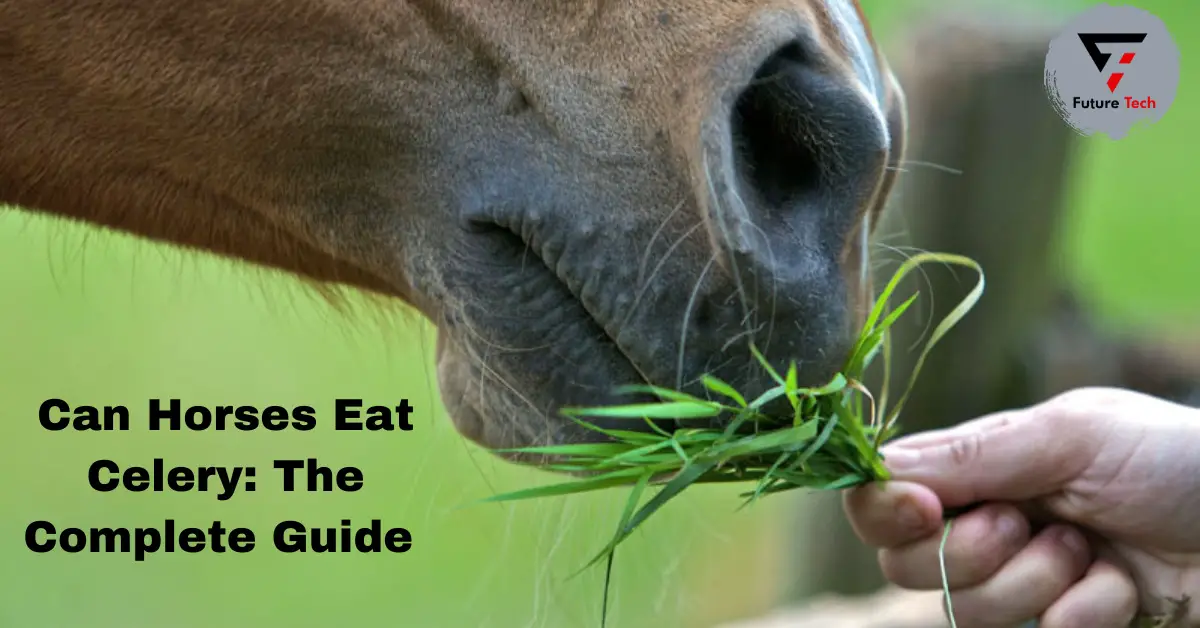Learn about the history and origins of the Dressage Pyramid of Training and advice on training at each training scale level. Enthusiasts frequently use the “Dressage Pyramid of Training” or “Scale of Training.” The German cavalry based its model on “Heeresdienstvorschrift H.Dv. 1912, 1937,” and they first employed the term “Skala der Ausbildung,” which translates to “Training Scale,” in the 1950s. The guidebook described the tenets and objectives of horse training. It gave riders and instructors throughout the globe a comprehensive training program that serves as a set of guidelines for breaking down a military horse. Also, the German Training Scale, well-known today, forms the basis for dressage competition scoring.
What are the Dressage Training Scale of training?
The training scales include rhythm, suppleness, contact, impulsion, straightness, and collection. Each improves upon the others and functions as a unit to advance through the dressage stages.
1. Rhythm
The uniformity of the beats at all paces is famous as rhythm. The correct order of the footfalls is famous as regularity, while the rhythm’s pace is famous as tempo.
2. Suppleness
The word “suppleness” refers to a horse’s resistance to movement and considers pliability, the capacity to quickly alter a horse’s posture and gait without compromising balance or fluidity.
3. Contact
The gentle, consistent contact between the rider’s hand and the horse’s mouth is famous as a contact. From the rider’s driving aids, horses should go forward rhythmically, seek out, and contact the rider’s hand. The rider gives the contact; the horse looks for it.
4. Impulsion
Impulsion is not the same as speed; impulsion is balanced energy. It transfers directed, forceful energy from the hindquarters into the eager horse’s athletic movement. The rider’s delicate touch guides the horse’s soft, swinging back, its primary means of self-expression.
5. Straightness
When a horse’s forehand and hindquarters line up, or its longitudinal axis aligns with the straight or curved path it travels, it says that the horse is straight. Since a horse’s front and hind feet should always line up on straight and curved courses, even when it bends, it may still be considered straight.
6. Collecting
The hindlegs become more engaged and active during collection, moving forward beneath the horse’s belly with their joints bent and flexible. It involves educating the horse to carry more of the combined weight on his hindquarters rather than his shoulders and rebalancing the horse as it bears the rider’s foreign weight.
How Are Dressage Horses Training?
Dressage training is similar to that of ballet or gymnastics. It’s critical to remember that both you and the horse are competitors in the arena. Remember that you two become a team when you get on the horse. Thus, dressage helps to improve that connection. Although it’s essential to adhere to the rules when teaching horses, we also suggest understanding the original purpose of dressage. Dressage, to put it in literary words, is a method of teaching and riding horses. It is an Olympic sport famous worldwide thanks to the Grand Prix. It does, however, include a variety of horseback riding disciplines, from classical dressage to reining and eventing, much like any other sport. The healthiest horses are necessary for this. Thus, ensure your horses are in good physical condition. Before you attempt, speak with a qualified horse veterinarian.
Benefits of Dressage and Competition

Dressage benefits the horse’s physiology and the rider’s mental health. For instance, concentrating on a single subject may aid your continued mastery of that discipline. Your dressage horse will only improve as your dressage discipline gets stronger; in other words, your jumping will only improve as you get better at it.
Participating in dressage competitions will increase your chances of improving your current level of riding instruction. With every movement, you will discover what a ten of that movement looks like. Knowing the specifics of each move and what the judge is looking for. Dressage horse training may only advance if an impartial, qualified rider assesses your work. Whatever discipline you decide on, you should never forget that you’re doing what you love and enjoying time with your horse as you continue training a dressage horse.
The Purpose Of Dressage Tests
The goal of every dressage test advances as the horse’s strength and balance increase. The goal of the Level 1 test, for instance, is “to confirm the horse has developed and maintains a rounded natural outline without restriction, moves freely forward without collection but with active hindquarters whilst maintaining a steady rhythm and contact with the bit without tension or resistance,” according to the Dressage New Zealand Official 2013 test book.
“To confirm that the horse has developed an established rounded outline without restriction moves freely forward without collection but with active hindquarter and achieved a degree of balance, straightness and throughness” is the stated objective for Level 2 in the Dressage New Zealand Official 2013 test book. The horse should maintain consistent, soft contact with the bit without strain or resistance.
According to the dressage training scale, the goal of each dressage test in competitive dressage increases as you go through the levels. Higher-level dressage exams are beginning to place greater emphasis on impulsion and straightness. As dressage riders, we aim to accomplish this as much as possible with our at-home training and the movements included in each level exam. The pyramid of training is then helpful as a guide to educate the horse through the foundations properly. The whole purpose of the Dressage Pyramid of training is for the horse to exhibit thoroughness and responsiveness to the aids while retaining rhythm and calm.
System of Dressage Rider Training
You, the rider, and the horse are the focal points of dressage. Since it’s a team sport, we’ve created a training program for riders like you. It aims to assist you in improving your suppleness, balance, coordination, and symmetry off the horse. To prevent your horse from reaching its full potential while riding, you must maintain proper posture and control while sitting and pay attention to your horse.
Training Exercise Scales
You must include structure into your weekly training sessions and employ exercises to help your horse grow to advance through the training scale and assist your horse in reaching each level of training. Discover how to organize all aspects of your education, from creating the schedule for each week’s workouts. Use the drills and directions from an established training program professional cyclists use. Gain confidence as a dressage rider by correcting training mistakes, teaching your horse new moves, and improving yourself.
The key to success is adhering to a tried-and-true, straightforward approach. We thus cover everything from the young horse to the competitive Grand Prix, whether you are a more experienced competitive rider or just starting with dressage. To guide you through the dressage world and provide a tried-and-true method for enhancing your dressage at home and in competition. The goal of dressage horse training is to provide you with the knowledge and abilities to advance your horse training at home while also helping you become the best rider you can be ON the horse.
Levels of Competition

There are several dressage competition levels. Grand Prix level, which is the standard level in the Olympics and World Equestrian Games, is the highest. Competing aims to raise your score, assess your current training level, and determine areas for improvement based on the judge’s comments.
There are motions specific to each level. For instance
Introduction:
Go around the arena at a walk, trot, canter, and a 20-meter circle.
First Level:
Give and receive the reins, circle 20 meters, and trot a 5-meter loop.
Second Level:
Start with seated trot motions, leg yields in the trot, a 15-meter canter circle, a 10-meter canter circle again, a change in lead during the trot, a rein back, and finally longer strides in the canter and trot.
Third Level:
Canter circle of 10 meters, shoulder-in, and travels, half turn on haunches, collected trot and canter, medium trot, and counter canter.
Fourth Level:
Half pirouette in the walk, prolonged walk, and canter, trot half pass, and canter half pass.
Fifth Level:
Half volte 3-5 meters in collected canter, single flying change, three flying changes every fourth stride, and canter in an 8-meter circle.
In a Dressage exam, judges typically assess specific criteria and score the tests based on these criteria.
The rider and horse receive a combined rating on a scale of 1 to 10. Tens are uncommon and often regarded as “excellent” for a particular maneuver. 70% or more counts as “excellent” for an individual; 60–70% looks “good.” Recall that the cutoff score to compete nationally is 65%. If the rider and the horse consistently score over 65% in dressage competitions, they are ready to progress to the next level.
It’s also critical to remember that every level has an objective, and the judge will assign you a score based on this objective. For instance, in specific dressage tests, the aim of Level 1 is to verify that the horse can go freely forward and has formed and maintained a rounded natural shape without any restrictions. The stages you go through slowly increase in mobility needs.
Conclusion
A thorough training regimen for horses, the Dressage Pyramid of Training is based on the German cavalry’s “Heeresdienstvorschrift H.Dv. 1912, 1937.” It consists of collection, impulsion, rhythm, suppleness, contact, and straightness. Every scale builds on the others and works together to go through the dressage levels. Like ballet or gymnastics, dressage training enhances the bond between the rider and the horse. It involves a variety of equestrian riding disciplines, and success depends on having the healthiest horses. Both the horse’s physiology and the rider’s emotional health are enhanced by dressage, and competing raises the possibility of receiving better training.




